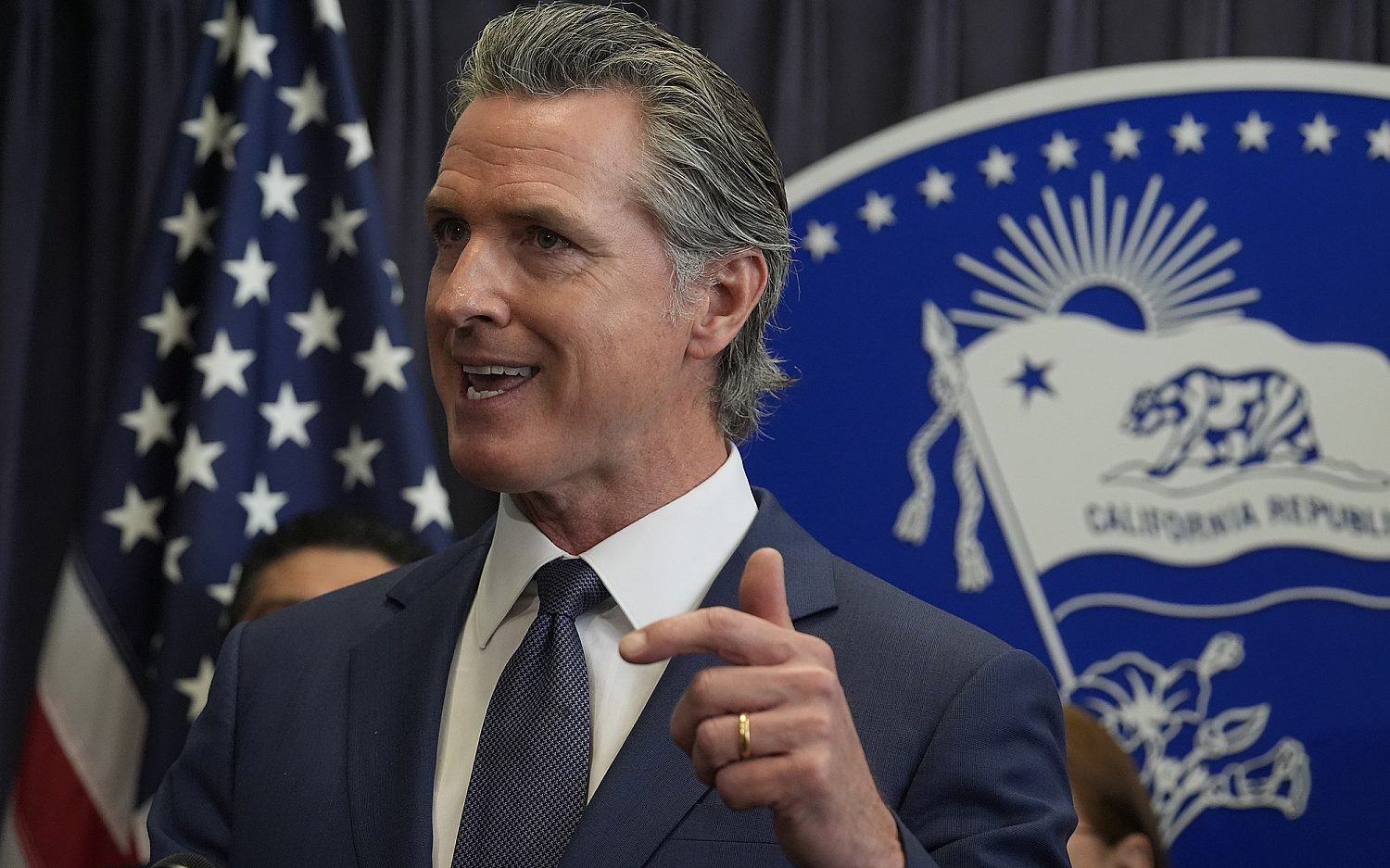One step ahead
New state law brings strict rules for student athletes who suffer concussions
Add Virginia to the list of states with growing concerns over student athlete head injuries.
A new state law mandates that student athletes who are suspected of sustaining a concussion must be immediately removed from play and evaluated by a medical professional.
"The fear about concussions is that if it's not properly managed ... a student athlete will return to participation too soon and cause more serious damage," Shane Caswell, director of the Sports Medicine Assessment, Research and Testing Laboratory at George Mason University, told The Fairfax Times.
The law, known as the Student-Athlete Protection Act, was unanimously passed by Virginia's General Assembly and signed by Gov. Bob McDonnell in April. The law went into effect on July 1, just a month before the start of high school football practice.
In May 2010, NFL commissioner Roger Goodell sent a letter to 44 governors, including McDonnell, urging them to adopt laws that would protect young athletes from severe head injuries.
"The Center for Disease Control estimates that there may be as many as 3.8 million sports and recreation-related concussions in the United States each year," Goodell wrote. "These injuries are sustained by both boys and girls in numerous contact sports."
The Virginia law, SB 652, is modeled after Lystedt's Law which was passed in Washington to prevent injured student athletes from returning to play too soon. The law was named after Zackery Lystedt, a young Washington athlete who suffered a severe brain injury in 2006 after returning to a middle school football game following a concussion.
The Student-Athlete Protection Act directs the Virginia Board of Education to create specific guidelines for local school divisions. The main provisions of the law are: 1) student athletes and parents must be informed of the dangers of concussions and sign a statement of acknowledgement, 2) student athletes who are suspected of suffering a concussion must be benched for at least a day and examined by a medical professional, and 3) school districts are allowed to provide concussion guidelines to other organizations hosting athletic events on school property.
Caswell, who is also an associate professor in athletic training at GMU, recently conducted a study on traumatic brain injuries in sports, examining students from 25 Fairfax County public schools over an 11 year period, 1997 to 2008. The report, published in The American Journal of Sport Medicine, showed that 75 percent of concussions occurred amongst boys, with football accounting for more than half of the head injuries. After football, lacrosse and wrestling were the top sports resulting in concussions for boys. Among girls, soccer reported the most concussions, followed by cheerleading and basketball.
Caswell noted that the data showed an annual increase in concussions starting in 2005. He connected the increase in reported concussions to the increase of athletic trainer coverage in Fairfax high schools and the growing national awareness of concussion symptoms.
"We observed increasing concussion rates in every sport, which leads us to suggest that although the highest percentage of concussions occur in high-impact sports, efforts to detect, treat and prevent concussion should not be limited to those sports," Caswell said.
While the new state law won't change anything in the Fairfax district, which already had similar policies in place, it will establish a uniform rule for the state.
A study published last month in Pediatrics showed that a portion of sudden deaths among young athletes resulted from head and neck blows received a few days to four weeks after a concussion. Dr. Barry Maron, the study's author, called for more awareness of the "second-impact syndrome." The study showed that the deaths were preventable with better equipment, rules for when injured athletes could return to playing, and possible changes to tackling rules.
"It gives credence to everything we've been trying to do to make it safer for young athletes out there with proper treatment of concussions," said Dr. Joel Brenner, medical director of the sports medicine program at Children's Hospital of the King's Daughters in Norfolk, Va.
Other states that adopted student athlete concussion laws in 2011 include: Alabama, Alaska, Indiana, Iowa, Kansas, Maryland, Minnesota, North Carolina, North Dakota, South Dakota, Texas, and Utah. Only 6 states have no form of student athlete concussion laws in effect.
The Associated press contributed to this report.
An actual newsletter worth subscribing to instead of just a collection of links. —Adam
Sign up to receive The Sift email newsletter each weekday morning for the latest headlines from WORLD’s breaking news team.




Please wait while we load the latest comments...
Comments
Please register, subscribe, or log in to comment on this article.